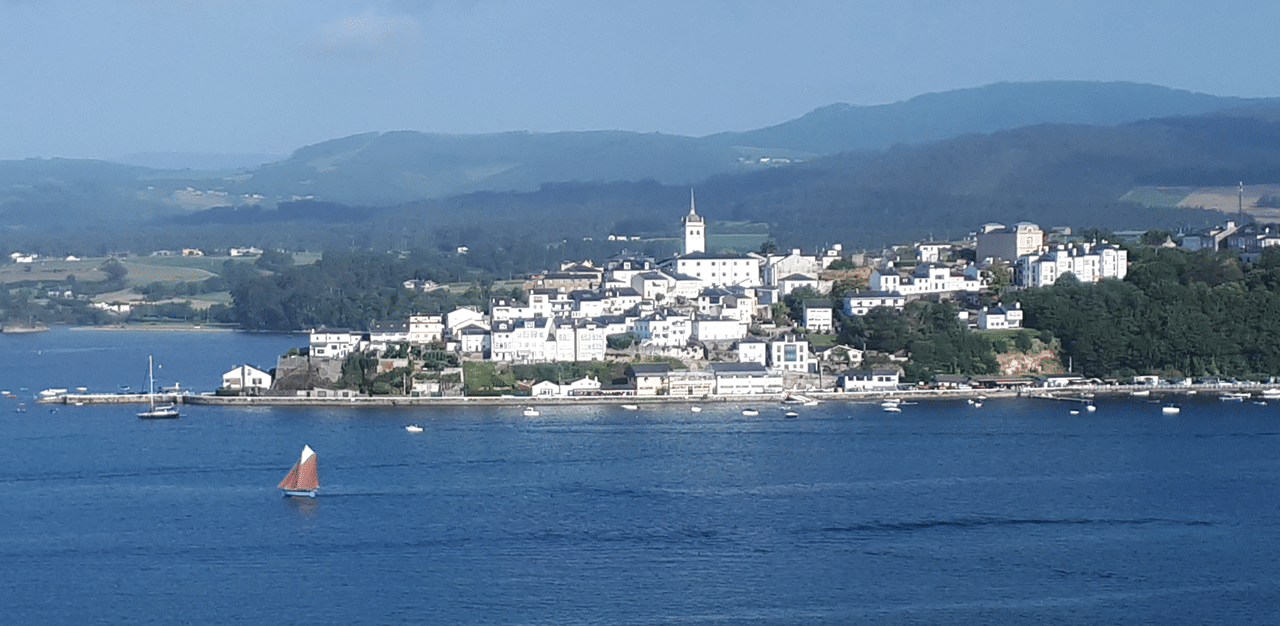
Castropol, what to see? This question is common among those who visit this council of Asturias for the first time. And the question makes sense because it is one of those places that does not appear in the circuits of mass tourism and is not visited by thousands of people each year, even if it is a wonderful hidden treasure.
Privileged location on the banks of the estuary of the Eo, dreamlike landscapes, an urban center full of monuments, delicious gastronomy and numerous leisure nautical activities are some of the things that this beautiful town in western Asturias offers you. All this for not talking to you about his closeness to Galicia nor that he passes through it the Camino de Santiago. For all these reasons, we are going to answer the question Castropol, what to see?
A privileged nature
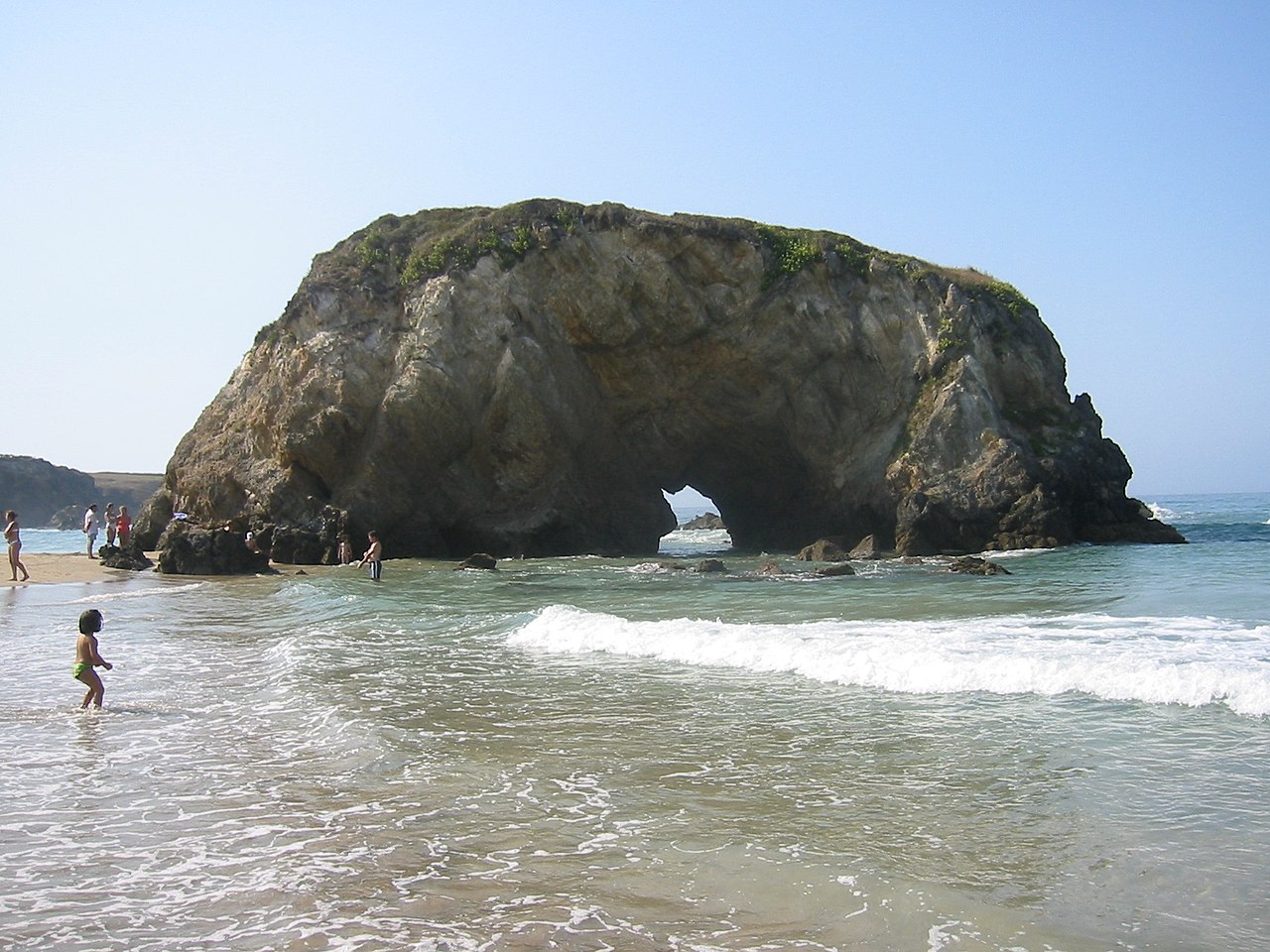
The beach of Peñarronda
As we were saying, Castropol is located on a promontory overlooking the Eo estuary. In front of it, is the Lugo town of Ribadeo, another wonder that we advise you to visit. But now we are talking about Castropol. From its fishing port, you can organize a boat route that goes up the Eo to the area of San Tirso de Abres.
On the other hand, you have several beaches in the council, but two stand out from the rest. It is about the Penarronda (declared a natural monument), in the town of bars, which is about six hundred meters long and extends between the cliffs of A Robaleira and Punta del Corno, and that of Arno, located in Figueres, with about four hundred meters of sand and almost at the mouth of the Eo. Likewise, very close to the latter is the small San Roman cove.
As for the interior of the Castropol council, it also offers you wonderful landscapes. Just a few kilometers from the coast, you have the La Bobia Peak, more than a thousand meters high. But, touring the trails in the area, you can find two wonderful places. We are talking about the beautiful obanza valley and the Cioyo waterfall. They complete the routes of the council the call of the Mines, which part of the district of Tol and takes you to an old iron exploitation, and other equally very interesting cycle tourism.
Finally, forming a triangle with Castropol and Ribadeo, is the no less beautiful town of Figueres, which we have just mentioned, belongs to the council of the first and that you should also visit because it has several very beautiful monuments, as we will see.
Monuments to see in Castropol
Notwithstanding everything we have just explained to you, if Castropol stands out for something, it is for its imposing monumental heritage, far superior and varied than would be expected in a town of just three thousand inhabitants. Let's visit it with you.
Religious heritage of Castropol
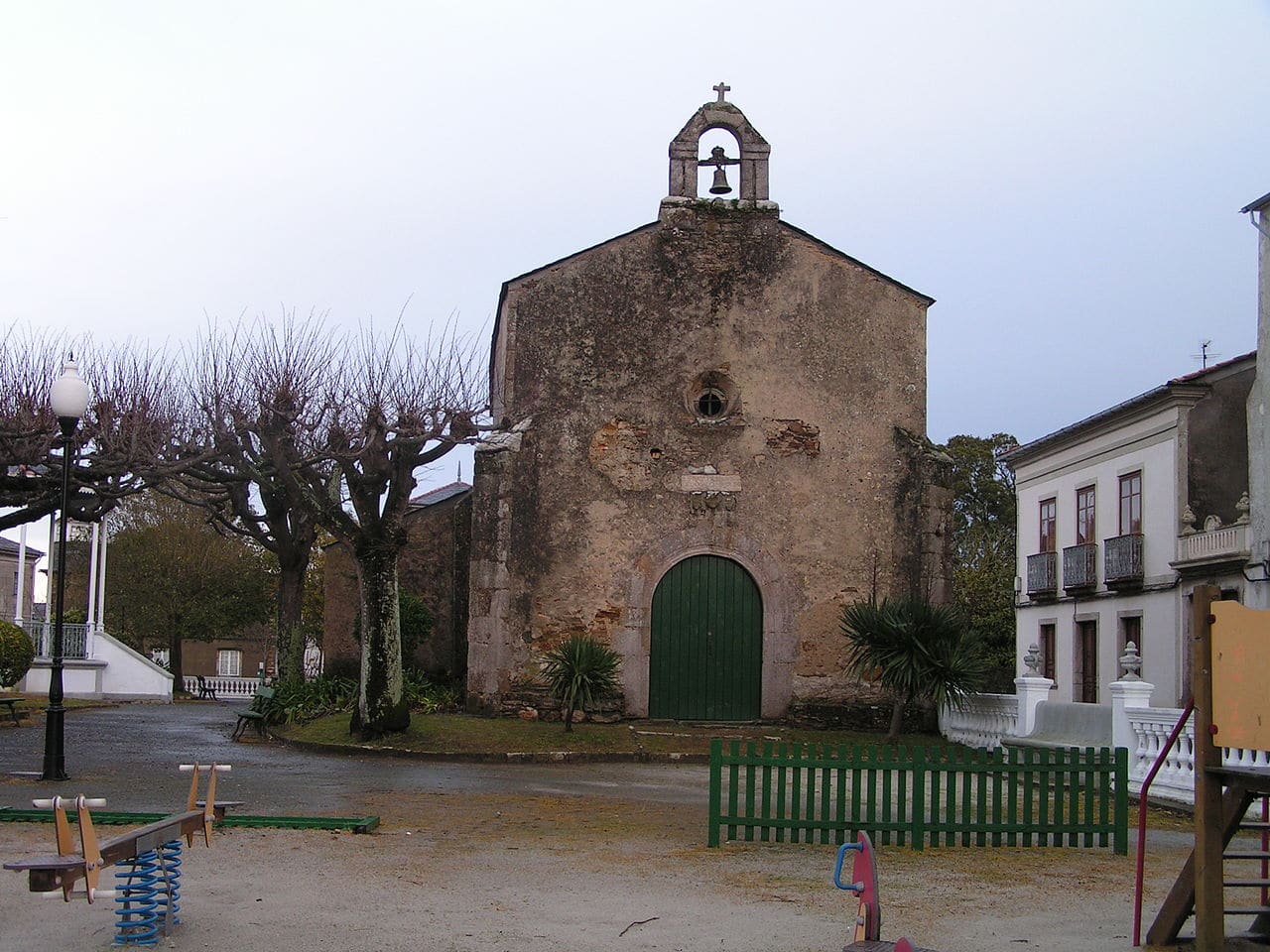
Chapel of Santa María del Campo, one of the monuments to see in Castropol
The first thing we must clarify for you is that the Asturian town lacks monuments prior to the 28th century. The reason is the terrifying fire that devastated it on the night of September 1587, XNUMX. Little was saved, although one of the religious buildings was.
We talk about the Chapel of Santa Maria del Campo, dated in 1461, although it was reformed later. Inside, you can see a beautiful baroque altarpiece. You will find it in the Vicente Loriente park, next to the statue consecrated to the sailor Fernando Villamil, hero of the Cuban War and native of the council.
The other great temple of Castropol is the Church of Santiago, built on the remains of the old pilgrims' hospital and featuring a popular baroque style. Proof of its origins is the Puerta de los Franceses, dating from the XNUMXth century, although the temple is from the XNUMXth century. With its white facade, you will find it in the heart of the town, next to Plaza del Cruzadero.
Civil Heritage of the Asturian town
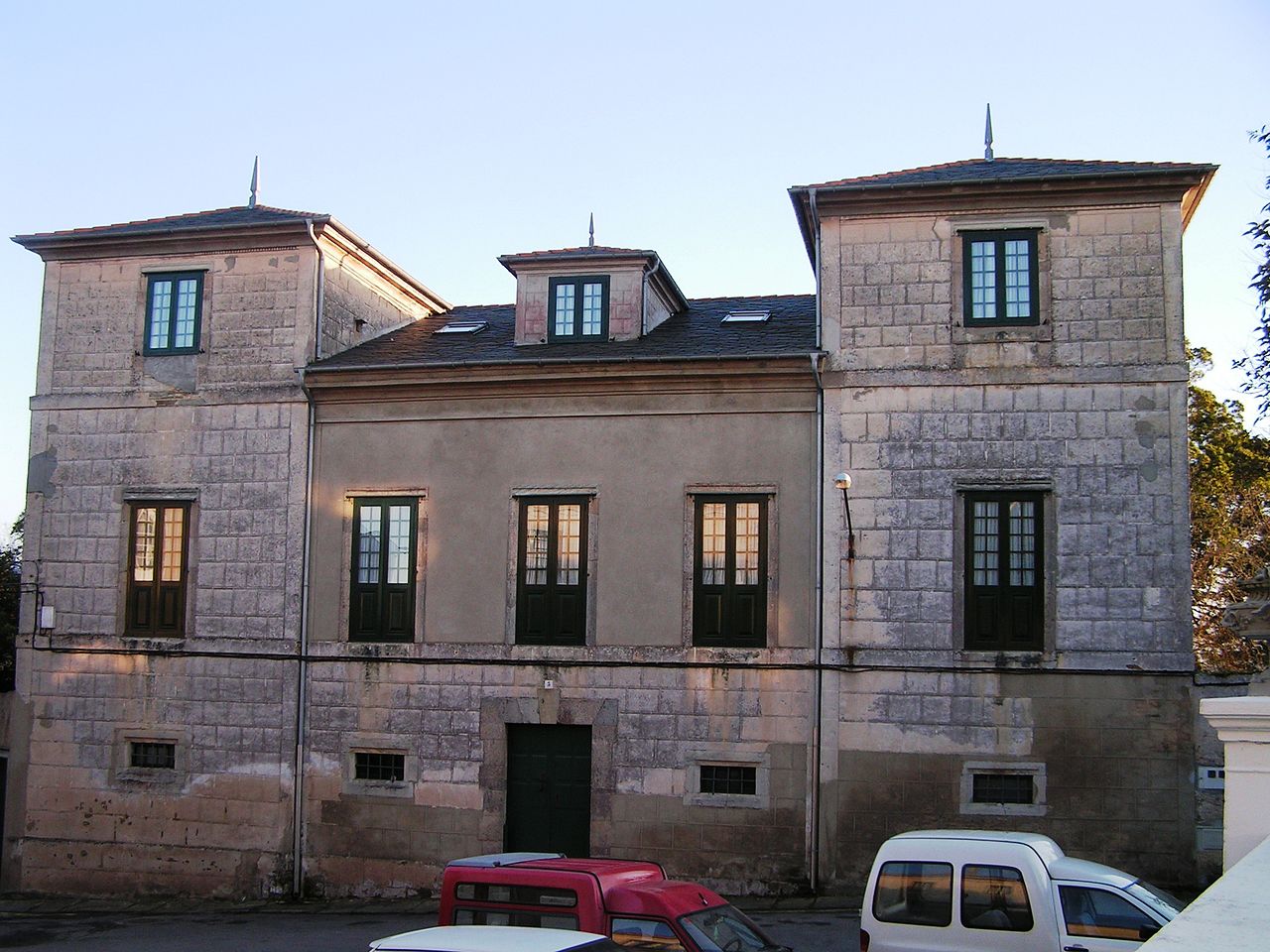
The Palace of the Four Towers
Even more important than the religious heritage is the civil heritage in Castropol. The mere fact of strolling through its port and appreciating the wonderful views it offers of the sunset over the Eo estuary, Ribadeo and Figueras is spectacular. Walking through the narrow streets of the town, with its houses of traditional architecture from the XNUMXth and XNUMXth centuries, is also a real pleasure. Also, we recommend that you approach the La Mirandilla viewpoint, from which you have spectacular views of the entire cove.
But you can also meet manor houses of the same period and baroque style that show the coats of arms of their owners. Castropol even has several palaces. One of the prettiest is Valledor Palace, whose style is reminiscent of the Galician country houses and which was built in the XNUMXth century following the canons of the Baroque.
We also advise you to see the House of the Four Towers, with a classic invoice and geometric lines. But, above all, the Palace of the Marquis of Santa Cruz de Marcenado, built between the XNUMXth and XNUMXth centuries, also following the U-shape of the Galician country houses. The complex, which also has a chapel and a park, is organized around a central courtyard flanked by corridors supported by columns and decorated with carved wooden balustrades. Also noteworthy is its battlemented tower and the access door to the patio, topped by a semicircular arch.
Villa Rosita has a very different character and the Sestelo mansion. The latter is an imposing building located in the district of press. Built in the XNUMXth century, it is surrounded by wonderful vegetation. Likewise, in bars you have the Donlebun Towers, declared an artistic historical monument and that are not the only monument linked to the family that gives it its name, as we will see.
Figueras, another wonder to see in the council of Castropol
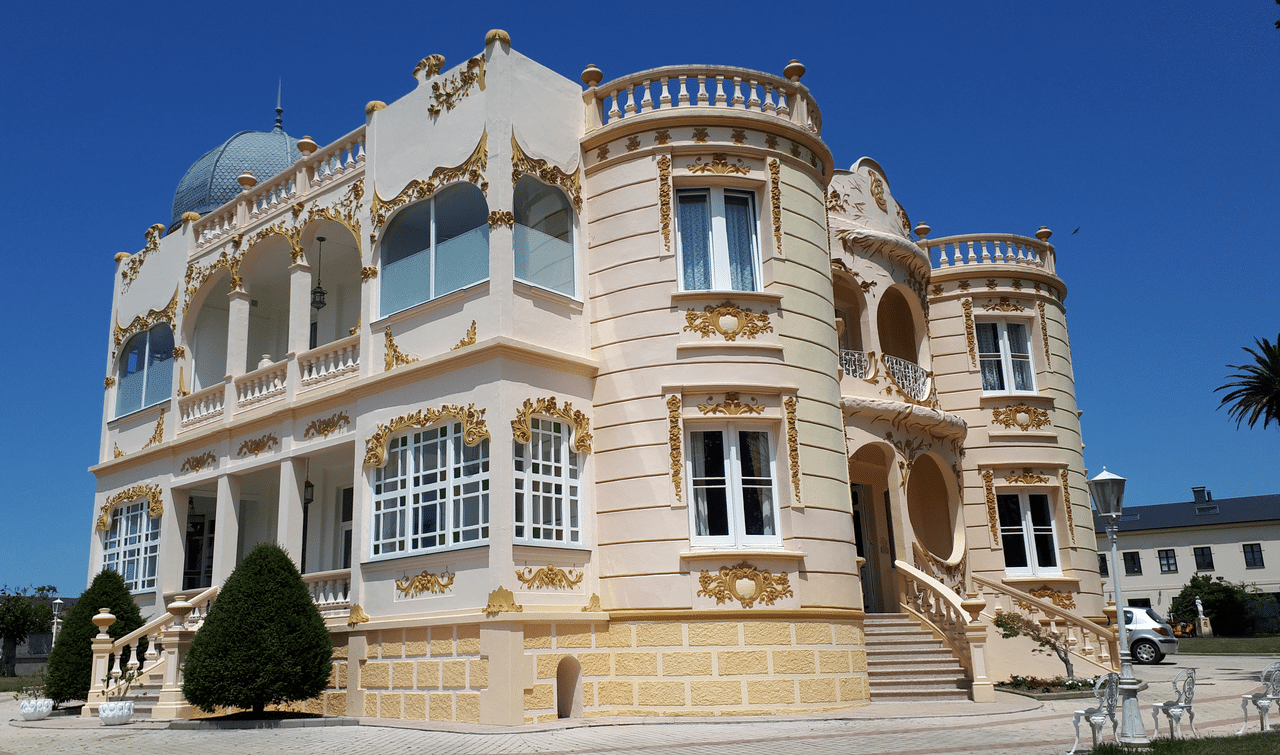
Mansion Peñalba, one of the jewels of Figueras
If we want to give a good answer to Castropol's question, what to see?, we have to dedicate a specific section to the beautiful town of Figueres, which belongs to its municipal area and is located in front of it, also in the Eo estuary. You will be surprised to discover everything that this small fishing town of just seven hundred inhabitants has to offer.
Just a walk through its charming port or through its narrow and steep streets is a pleasure. In these you can see fountains such as those of El Pelamio, Rapalacóis or A Ribeira. But more value still have the Clock Tower, current library and house of culture, and the Secular Schools, both from the beginning of the XNUMXth century, just like the Fisherman's Post.
As for the religious heritage, they highlight the church of Santiago Apóstol, built in the XNUMXth century, and the Hermitage of the Watchtower, from the XIX. On the other hand, in Arroxo you have the remains of a small defensive fort from the XNUMXth century. But two monuments stand out above the others in Figueras.
The first is the mighty Palace of the Pardo Donlebún, with its impressive central tower dating from the XNUMXth century and its two symmetrical bodies. Declared an asset of cultural interest, it was built by Mr. Sancho Pardo Donlebun, from the same family that owns the towers that we mentioned before in Barres, who participated in the expedition of the invincible army. It is surrounded by a wall and, already in the XNUMXth century, two access towers were built to the enclosure that are identical to those of the Quart, in Valencia.
And the second is the Mansion Peñalba, also called Chalet de Doña Socorro, which is currently a hotel. It was built in 1912 by the architect J. Arbex, disciple of Antonio Gaudi. Although it has features of art deco, it is one of the best examples of Indian architecture from the early XNUMXth century that you can see in Asturias.
With a rectangular floor plan concealed by three circular towers, one ending in a dome, its terraces and viewpoints open through hyperbolic arches to the gardens. These are English-style, have 18 square meters and were designed by the gardener of the Royal House. The interior is organized around a central courtyard and is decorated with plant motifs and stained glass windows.
Castropol Festivities

A floral carpet in Corpus Christi in Castropol
Lastly, we do not want to leave Castropol without telling you about one of its most special festivities. It is true that the celebrations of Holy Week, Santiago Apóstol and San Roque are beautiful. Even more interesting is Corpus Christi, declared of regional tourist interest because the town is planted with precious floral rugs.
However, the party we were referring to is Carmen's in Figueres. Because, in addition to many other activities, a wonderful sea procession that runs through the three towns of the estuary: Figueras itself, Castropol and Ribadeo. Finally, the Salve Marinera is sung and the image is returned to the church.
In conclusion, we hope we have answered your question Castropol, what to see? As you have seen, this beautiful town in western Asturias has dreamlike landscapes, magnificent beaches and many monuments. He even has his own archaeological marine treasure in the calls Canyons of the Eo. It only remains for us to tell you that, to end your visit to this area, try its exquisite cuisine. Especially advisable in this sense are dishes such as beans with clams, herring pie, hake casseroles or rice pudding. However, the star product of the area is The oyster raised in the Eo estuary itself. Does not everything that we have explained seem to you reason enough to visit Castropol and its surroundings?